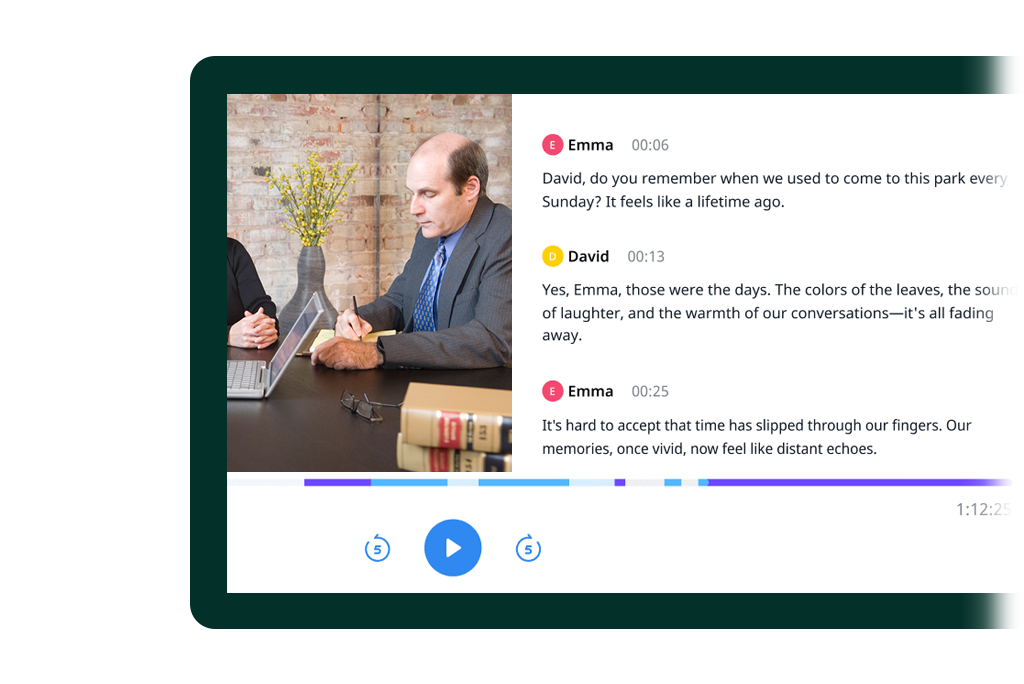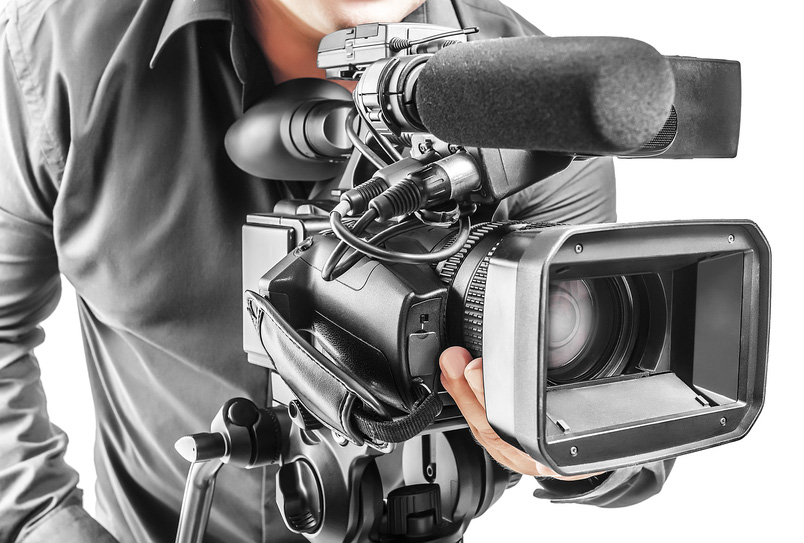The Relevance of Legal Videography for Capturing Critical Evidence
The Relevance of Legal Videography for Capturing Critical Evidence
Blog Article
Understanding the Significance of Videography in Legal Process
The integration of videography into legal process has emerged as a significant factor in the discussion and interpretation of proof. By capturing aesthetic components such as body language and face expressions, videography boosts the narrative surrounding witness testaments and can exceptionally influence jury assumptions.
Duty of Videography in Proof
Videography plays a progressively critical role in lawful procedures, acting as an effective medium for presenting evidence. The combination of video recordings right into the lawful framework allows for an extra dynamic depiction of realities, allowing jurors and courts to visualize events as they transpired. This aesthetic documentation can incorporate a range of products, including security footage, tape-recorded witness statements, and specialist demonstrations, all of which can dramatically improve the evidentiary landscape.
One of the main benefits of videography is its capacity to record nuances that might be lost in written accounts. Faces, body movement, and situational context can supply essential insights, helping to communicate emotions and intentions that text alone can not. The use of video clip proof promotes an extra appealing court room experience, possibly assisting jurors in understanding complicated situations.
As modern technology advances, the top quality and access of videographic proof have improved, making it an indispensable component of contemporary lawful methods. Courts significantly identify the worth of video as a trusted source of details, motivating attorneys to adjust their approaches for evidence presentation. Ultimately, videography offers not only to illustrate truths however likewise to enhance the overall integrity of the judicial process.

Enhancing Trustworthiness and Clearness
A considerable benefit of incorporating videography in legal proceedings is its capability to boost both reliability and quality of evidence provided in court. Videographic proof can record subtleties that written files may ignore, such as tone, body movement, and context. This aesthetic depiction allows discretionary to much better comprehend the circumstances bordering the case, therefore fostering an extra precise understanding of the occasions concerned.

Furthermore, the clearness managed by videography minimizes the probability of misinterpretation that can arise from textual summaries. This accuracy is particularly essential in complicated instances, where details can be easily misinterpreted. Eventually, by presenting proof in a visually available layout, videography not just strengthens the honesty of the judicial process but also supports informed decision-making by those associated with lawful process.
Effect On Court Assumption
The inclusion of videographic proof significantly affects jury understanding, often bring about more involved and notified deliberations. Jurors are usually a lot more responsive to visual info, which can boost their understanding of intricate situations. Videography provides facts in a manner that is both compelling and obtainable, enabling jurors to link with the evidence on an extra personal degree.
Moreover, the capability to witness occasions as they happened can evoke emotional feedbacks that written records or spoken statements may fail to evoke. This psychological interaction here can lead jurors to create more powerful opinions pertaining to the reputation of witnesses and the total story of the instance. The visual depiction of proof additionally helps in clearing up ambiguities, making it less complicated for jurors to understand the context and significance of the info presented.
Furthermore, videography can act as a powerful tool for narration, making it possible for attorneys to create a convincing story that resonates with the court. When jurors can imagine scenarios and witness crucial moments, their capability to calculated attentively and reach a knowledgeable verdict is substantially boosted, eventually influencing the outcome of legal proceedings.
Ideal Practices for Legal Videography
Executing finest practices in legal videography is essential for ensuring that visual proof is both legitimate and reliable in the courtroom. Initially, select certified experts who focus on lawful videography to make certain the technical top quality of the recordings. This includes making use of high-resolution cameras and specialist audio equipment to catch clear visuals and noise.
2nd, keep appropriate documents throughout the recording procedure. This entails developing a thorough log that consists of timestamps, descriptions of the material, and the identifications of all people existing. Such documentation can bolster go to my site the authenticity of the video.

Additionally, think about making use of ideal editing strategies. While it is vital to maintain the initial web content, minor modifications for quality-- such as improving audio levels-- can boost the total presentation without changing the material.
Future Trends in Legal Videography
As legal videography continues to advance, arising methodologies and technologies are shaping the future landscape of aesthetic proof in the courtroom (Legal Videography). One significant fad is the combination of high-def and 4K video clip high quality, enhancing the quality and detail of taped testaments and proof. This better resolution help jurors in thoroughly examining the trustworthiness of witnesses and the nuances of the here and now products
Additionally, using expert system (AI) in video clip evaluation is gaining grip. AI tools can aid in identifying key minutes in video footage, generating records, and also evaluating non-verbal interaction, which provides deeper insights right into witness credibility. In addition, virtual reality (VIRTUAL REALITY) and augmented fact (AR) are positioned to change how proof is presented, permitting jurors to immerse themselves in criminal activity scenes or situations, consequently promoting a much more extensive understanding of see this here the context.
Conclusion
In recap, videography acts as a crucial tool in legal proceedings, enhancing the discussion of proof and enriching the total understanding of cases. By catching non-verbal signs and strengthening the reliability of witness accounts, videography considerably influences court assumption and decision-making procedures - Legal Videography. Sticking to finest practices makes sure the efficiency of legal videography, while emerging patterns assure to more boost its duty in the judicial system, ultimately promoting an extra informed and engaged lawful setting
Videography plays a progressively essential duty in legal process, serving as an effective tool for presenting proof.A significant benefit of incorporating videography in legal procedures is its ability to enhance both reputation and quality of evidence provided in court. Eventually, by offering proof in an aesthetically easily accessible layout, videography not just reinforces the integrity of the judicial process but also sustains enlightened decision-making by those included in lawful process.
In recap, videography serves as a vital device in lawful procedures, improving the presentation of evidence and enhancing the total understanding of cases. Legal Videography. Adhering to ideal practices makes certain the efficiency of legal videography, while arising fads promise to more increase its duty in the judicial system, eventually promoting a more informed and involved lawful environment
Report this page